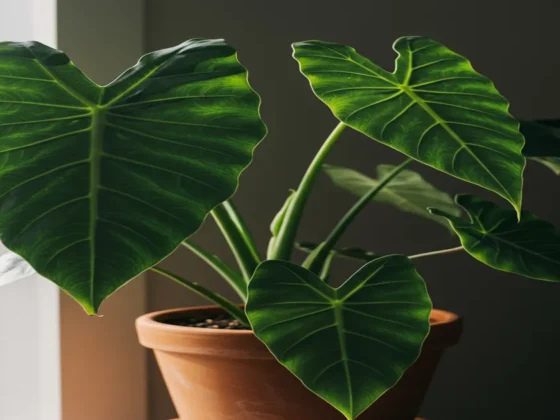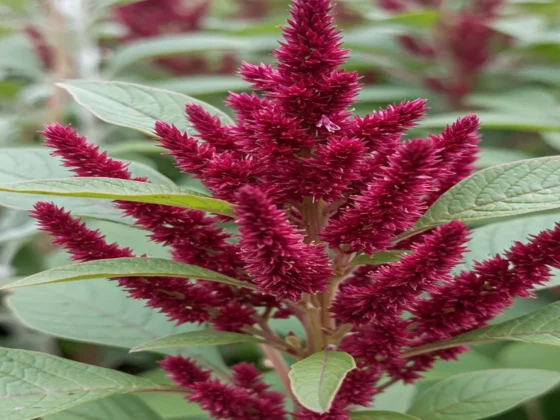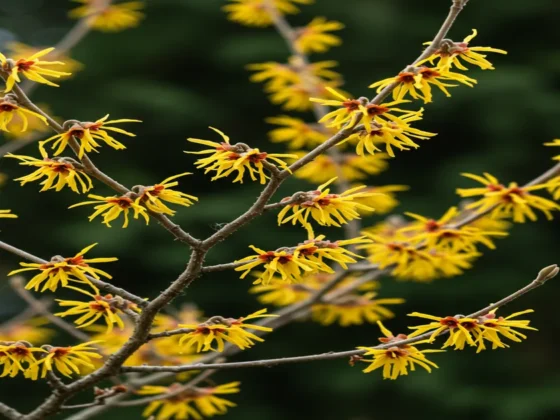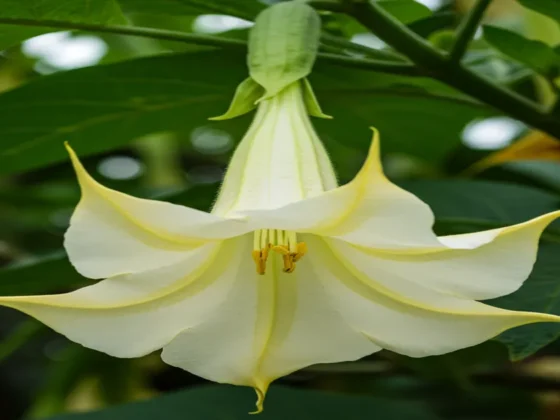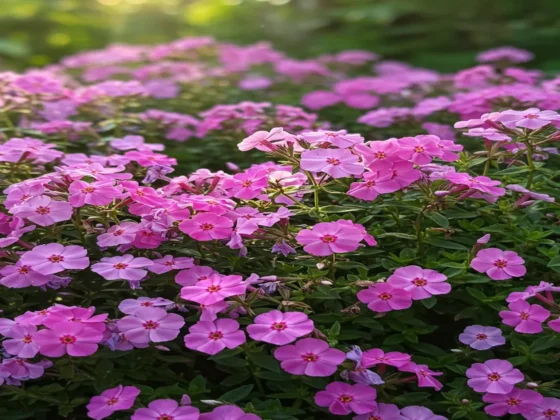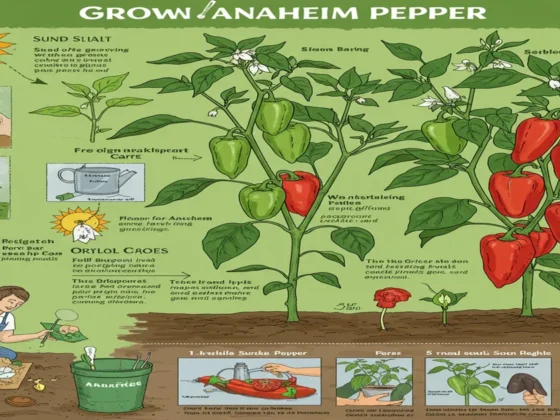A new hybrid plant called Alocasia Tiny Dancer has a whimsical appearance reminiscent of a Dr. Seuss book. It stands out with its curved stems and pointed, cup-shaped leaves, setting it apart from other plants in the same genus.
If you are seeking a small and compact addition to your plant collection, Tiny Dancer is an excellent choice. This Alocasia variety typically grows to a height of 14 to 20 inches when fully mature. It’s important to note that, like other Alocasia species, Tiny Dancer is toxic to both humans and pets.
| Botanical Name | Alocasia ‘Tiny Dancer’ |
| Common Name | Alocasia Tiny Dancer |
| Family | Araceae |
| Plant Type | Perennial, corm |
| Mature Size | 14-20 in. tall, 11-18 in. wide |
| Sun Exposure | Partial |
| Soil Type | Moist but well-draining |
| Soil pH | Acidic, neutral |
| Bloom TIme | Spring, summer |
| Hardiness Zones | 10-11 (USDA) |
| Toxicity | Toxic to people, pets |
Alocasia Tiny Dancer Propagation Guide

The most convenient way to propagate this tuberous plant is by dividing and cultivating its corms. The process of growing Alocasia corms is quite simple and can be completed in just a few steps:
A Guide to Potting and Repotting Alocasia Tiny Dancer

Alocasia Tiny Dancer does not need frequent repotting and should only be replanted when it has outgrown its current container, typically every two years. Signs that it’s time to repot include roots emerging from drainage holes or the pot becoming too tight.
Spring is the ideal season for repotting. When repotting, select a pot that is two to three inches larger than the previous one. Avoid using a pot that is too large, as it may lead to unintentional overwatering.
Gently remove the plant from its old pot, trying not to harm the roots, and shake off the old soil. Place the plant in a new pot with a nutritious, well-draining soil mix, and water it thoroughly after planting.
Place the newly potted plant back in its original spot to reduce shock and maintain even soil moisture. Wait a couple of weeks before fertilizing the plant after repotting.
Identifying Common Pests & Plant Diseases
Be vigilant for common pests found on houseplants such as mealybugs, spider mites, fungus gnats, and thrips. In case you observe any signs of pests, immediately separate the affected plant and apply insecticide treatment.
Similar to other Alocasia plants, the tiny dancer is also prone to root rot if exposed to excessively wet growing conditions. Look out for yellowing or wilting leaves, as well as soft stems, as these are indicators of the presence of root rot.
Issues Commonly Encountered with Alocasia Tiny Dancer
Alocasia tiny dancer can be selective about its growing conditions. Look out for these typical problems, which signal a need to adjust your plant’s care routine.
Brown Leaves
Brown leaves are typically caused by insufficient moisture and humidity. Keep the soil consistently moist and position the plant away from drafty windows and vents. Consider increasing humidity by placing a small humidifier nearby or relocating it to a more humid space like a bathroom.
Yellow Leaves
Diagnosing yellow leaves can be challenging as there are several potential causes. The most common is underwatering, although yellow leaves can also indicate root rot, usually resulting from overwatering.
If you observe that the oldest leaves on your plant (typically those on the outer edges) are turning yellow and dropping, this may be a natural part of the plant’s growth cycle.
If you notice a sudden increase in yellow leaves or if new growth is turning yellow, there may be an issue. Assess your plant’s growing conditions to determine whether underwatering or overwatering is occurring.
Dropping Leaves
If your plant sheds all its leaves suddenly, one of two scenarios may be unfolding. If this happens during autumn or winter, your plant likely entered dormancy, which is normal. Simply reduce watering until new growth appears in spring.
If your plant loses all its leaves in spring or summer, there may be an issue with its care routine. This could be due to overwatering (leading to root rot) or underwatering (resulting in dry, compacted soil).
Plants You Might Also Like
-
How to Grow and Care for Alocasia Fry
Similar Plant Recommendations
-
Guide on Growing and Caring for Alocasia Frydek
-
Tips for Growing and Caring for Alocasia Black Velvet
-
Advice on Growing and Caring for Alocasia Stingray
-
Guide to Growing and Caring for Alocasia Maharani
-
Tips for Growing and Caring for Alocasia Pink Dragon
1 of 5
-



